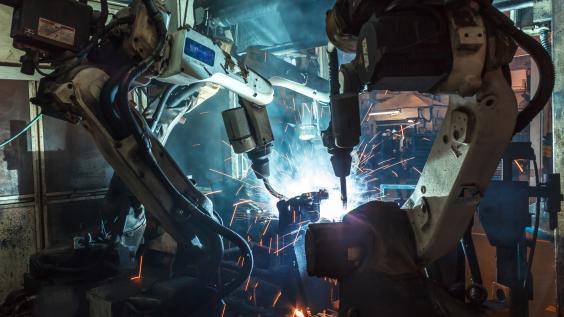
Table of Contents
Author(s)
Dagobert Brito
Baker Institute Rice Faculty Scholar | Professor EmeritusTags
To access the full paper, download the PDF on the left-hand sidebar.
A report drawn from this research is also available here.
Abstract
Many economists have been concerned that automation will result in loss of jobs. This work shows that is not the issue. There are two main effects of automation: increased inequality and economic growth. As the cost of automation drops, capital’s share of the economy grows as capital substitutes for tasks of the bottom ninety percent of workers. These workers are competing with automation, which links their wages to the marginal cost of automation. The wages of highly skilled workers grow because they are a complementary factor to automation. Creating high paying jobs for the rest of workers requires that the tasks necessary for these new jobs cannot be performed by automation. Furthermore, the abilities involved in these tasks must be scarce. If this is not the case the supply of workers capable of doing these jobs will increase until the quasi-rents are eliminated.
This work describes a macroeconomic model that describes how the conclusions above were reached. Data from the studies by Frey and Osborne, were used for CES and Cobb-Douglas production functions. Data from the study by Brandes and Wattenhofer were used for the CES production function. The results from these differing inputs were compared and are qualitatively similar, describing progressing economic growth and growing inequality as the cost of automation decreases.